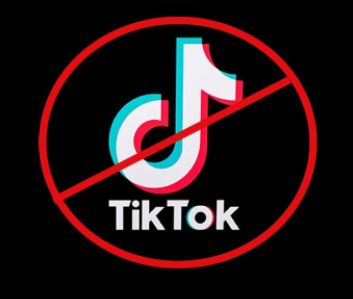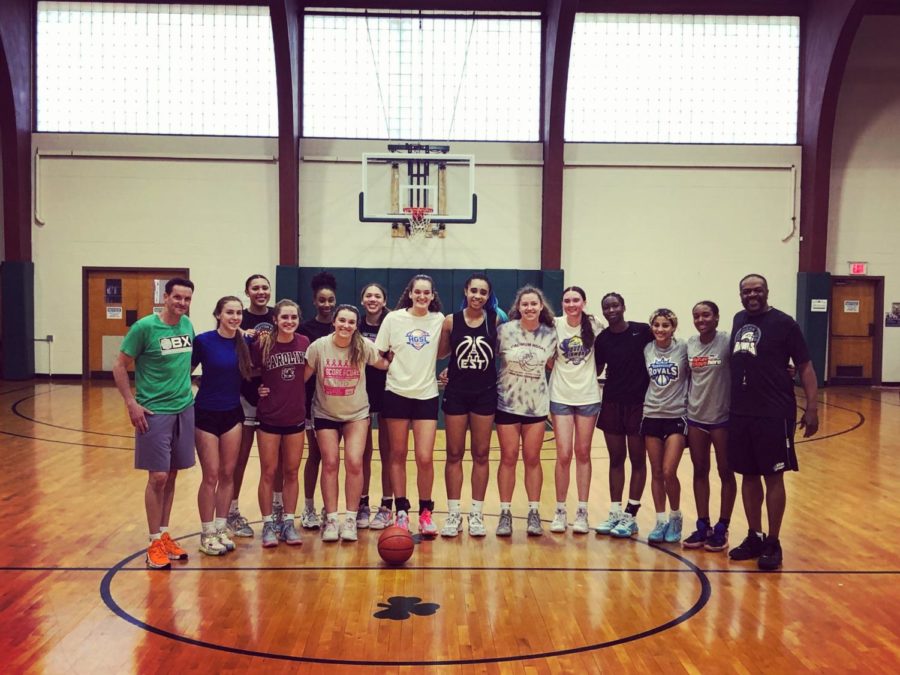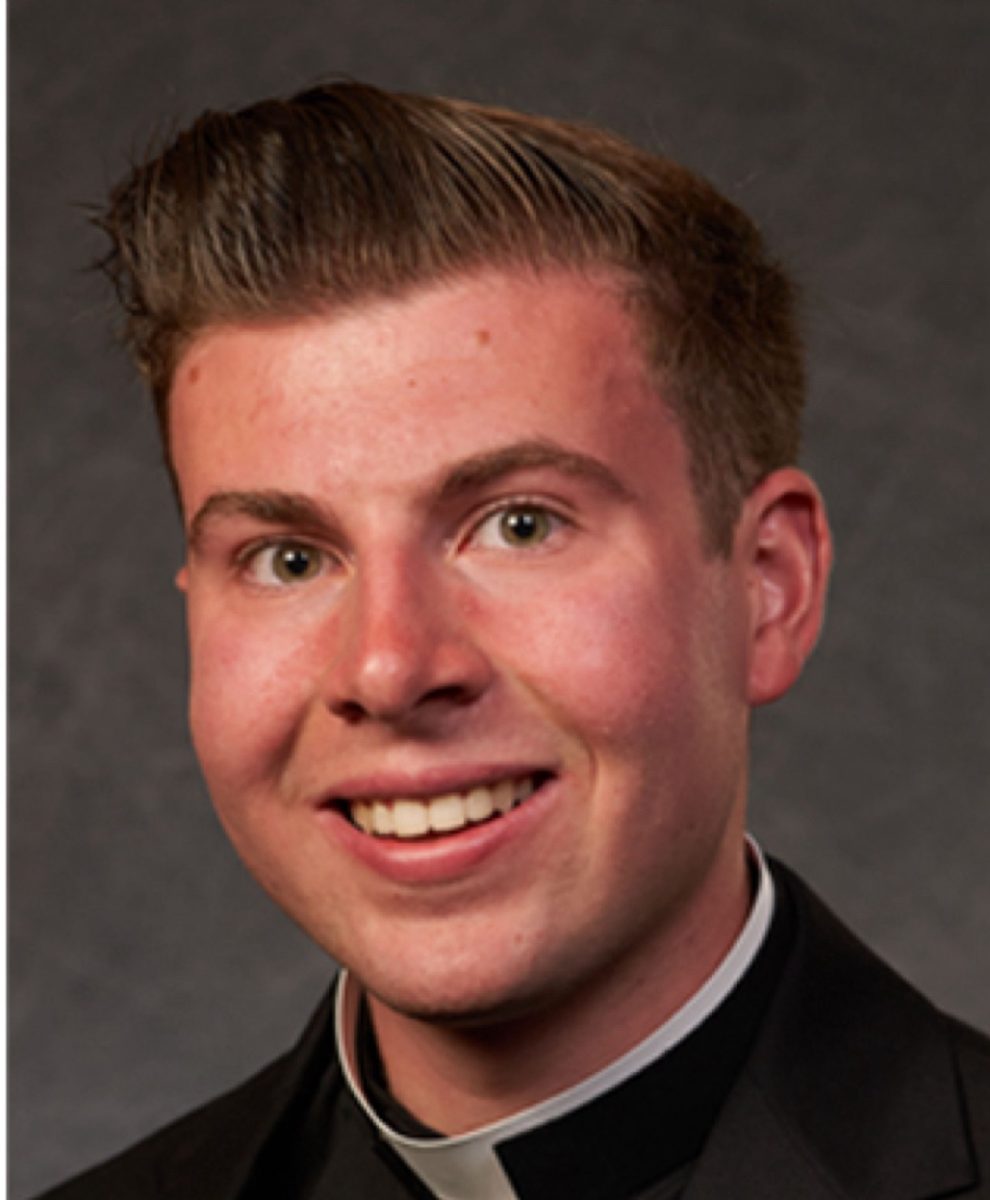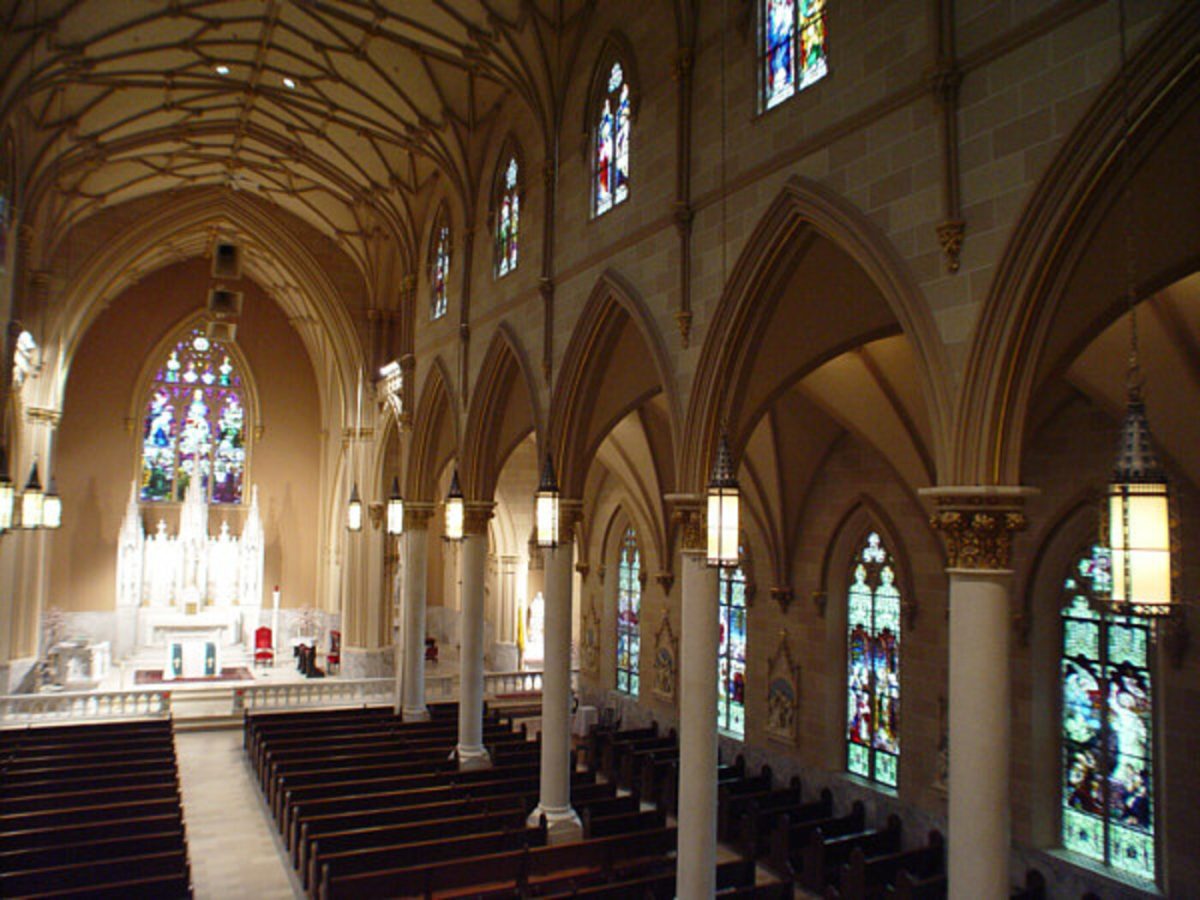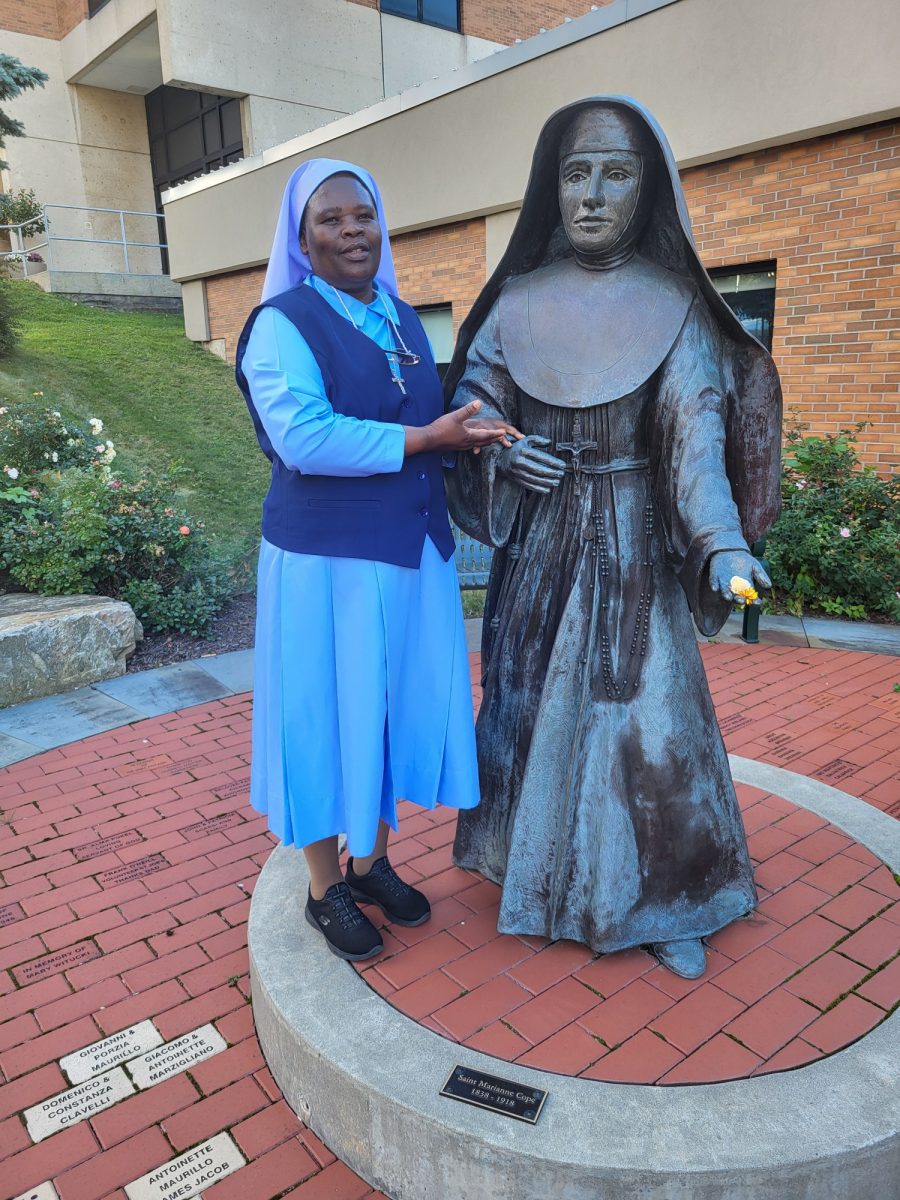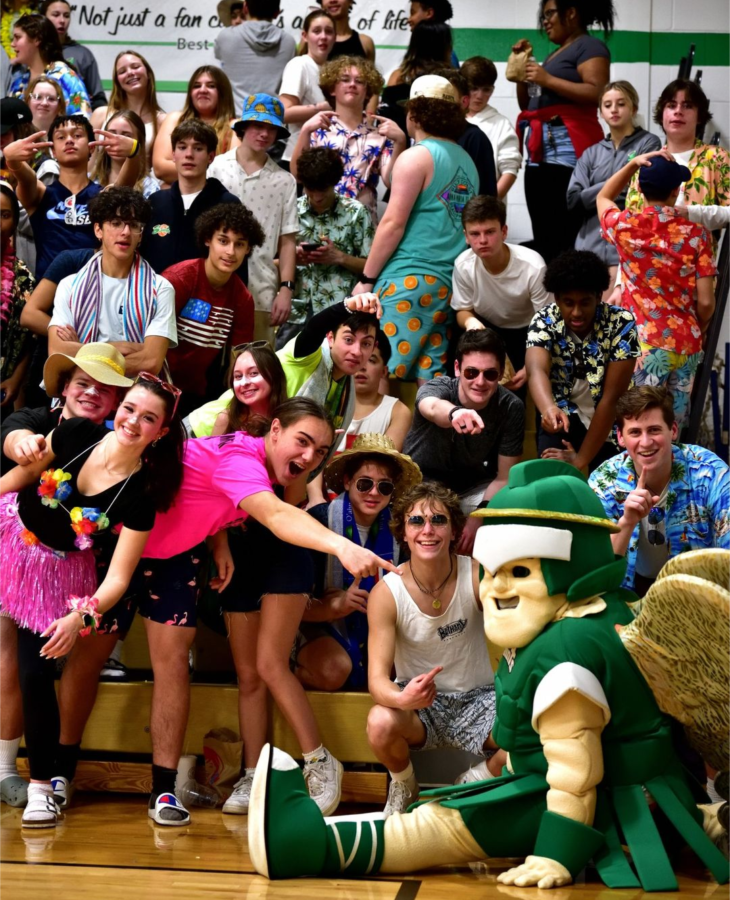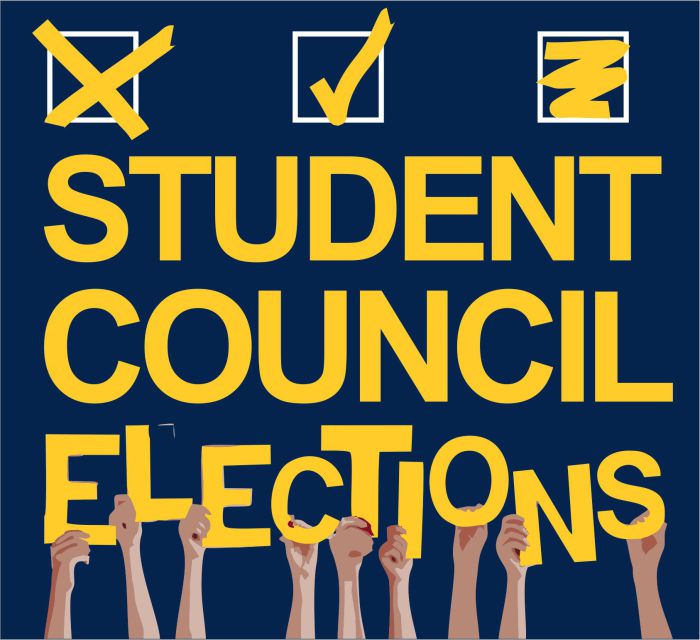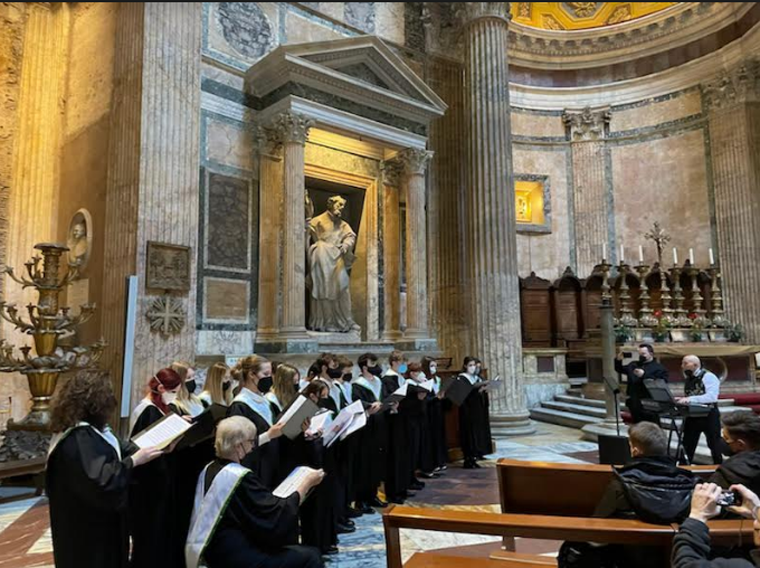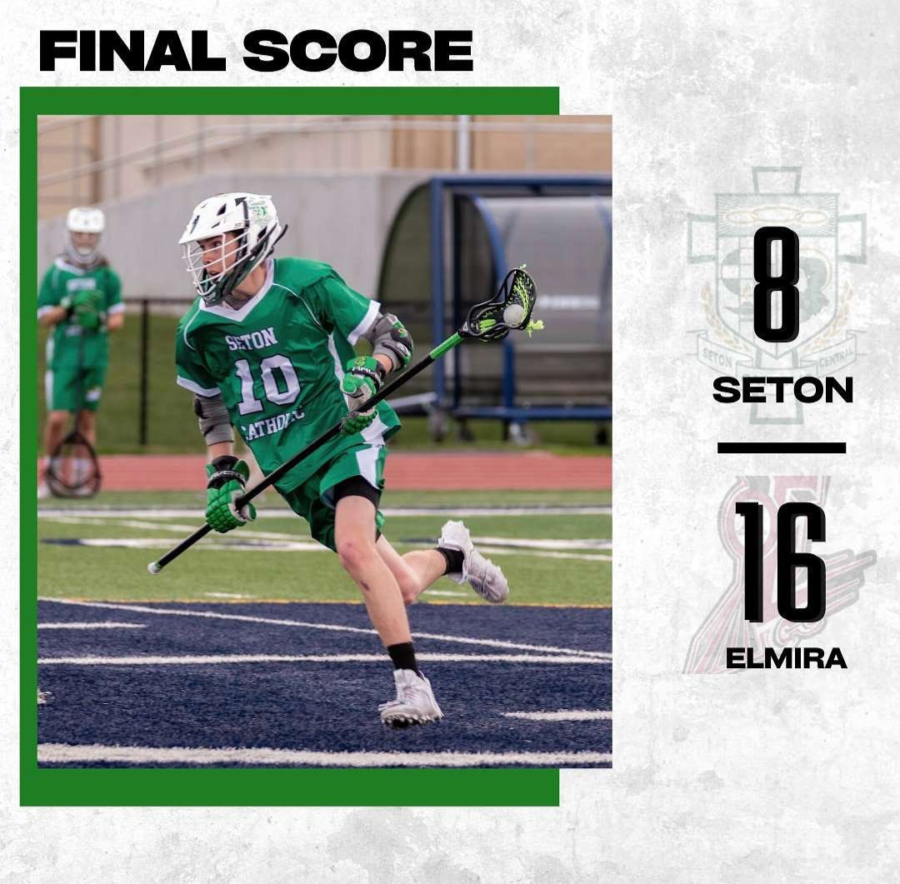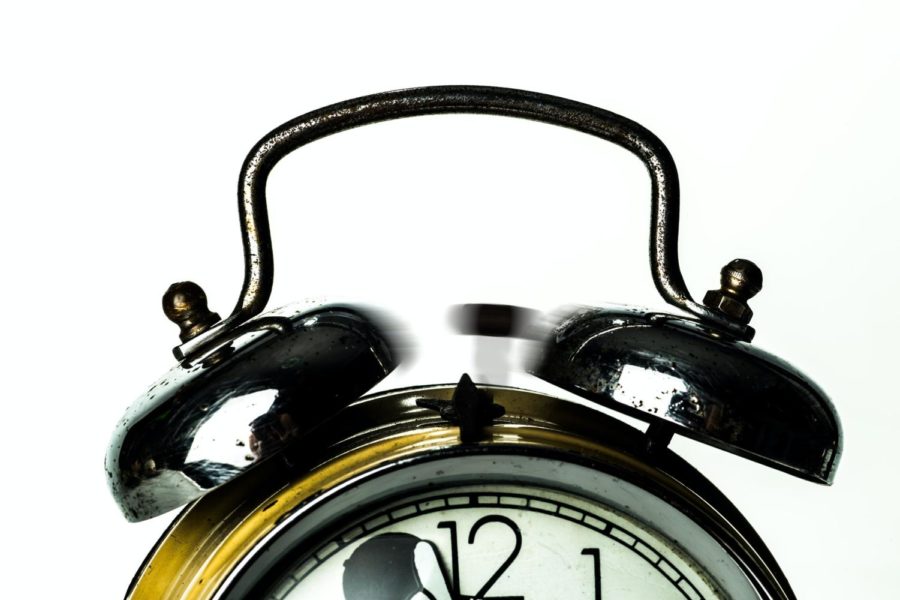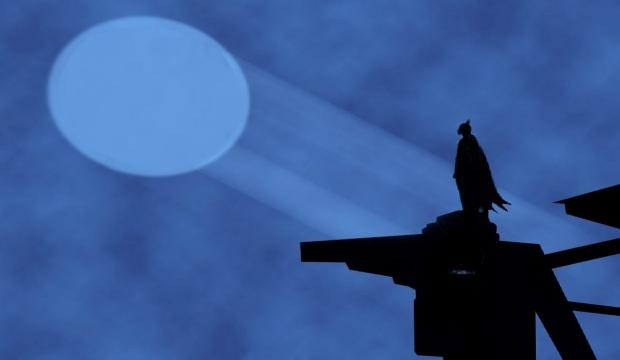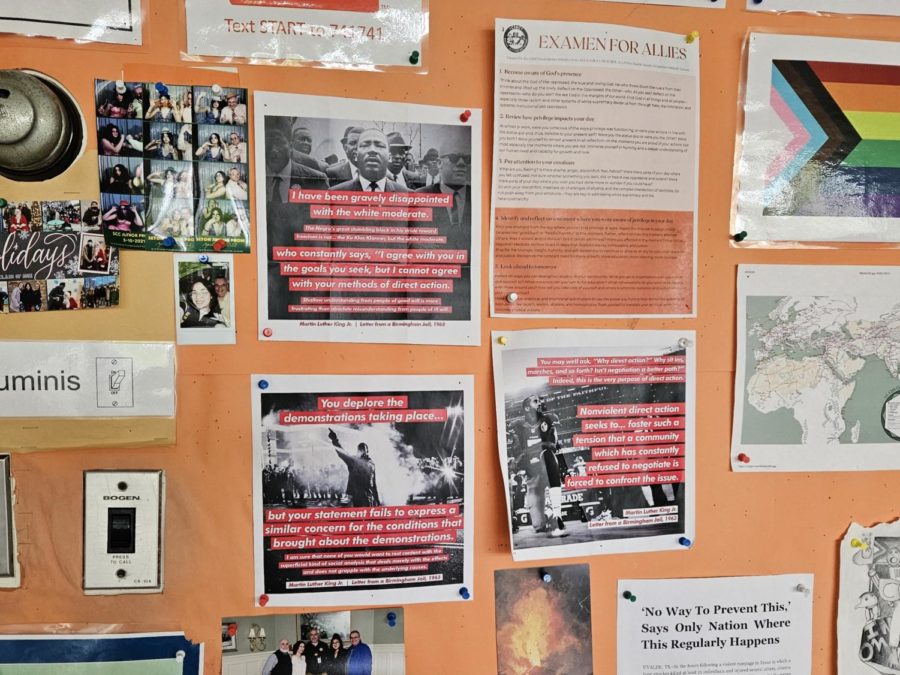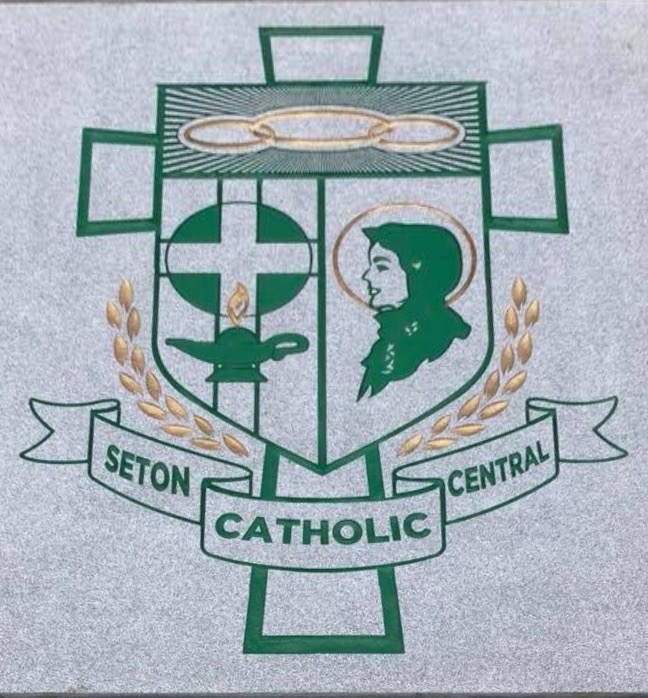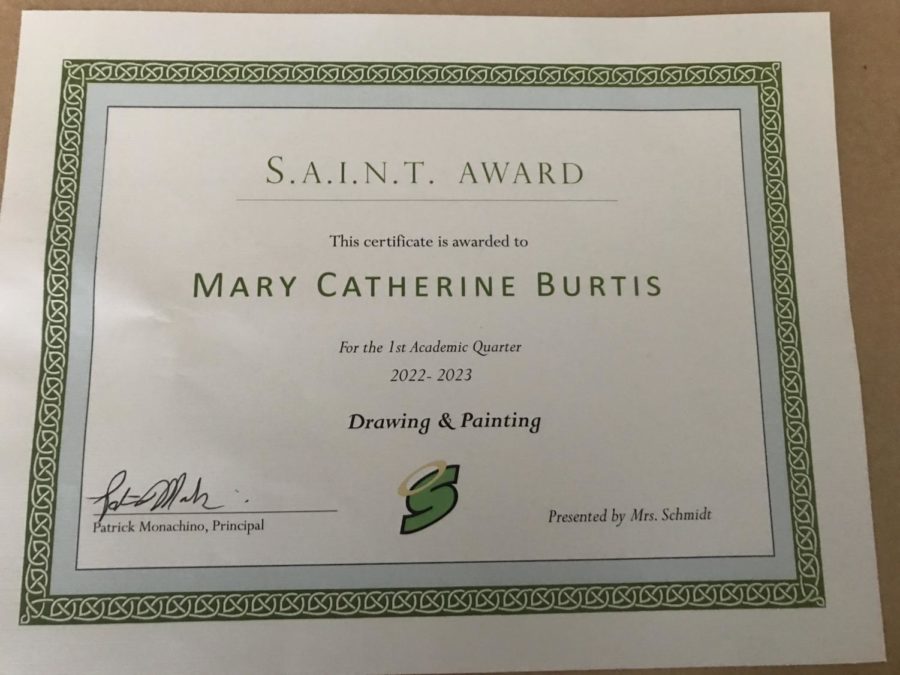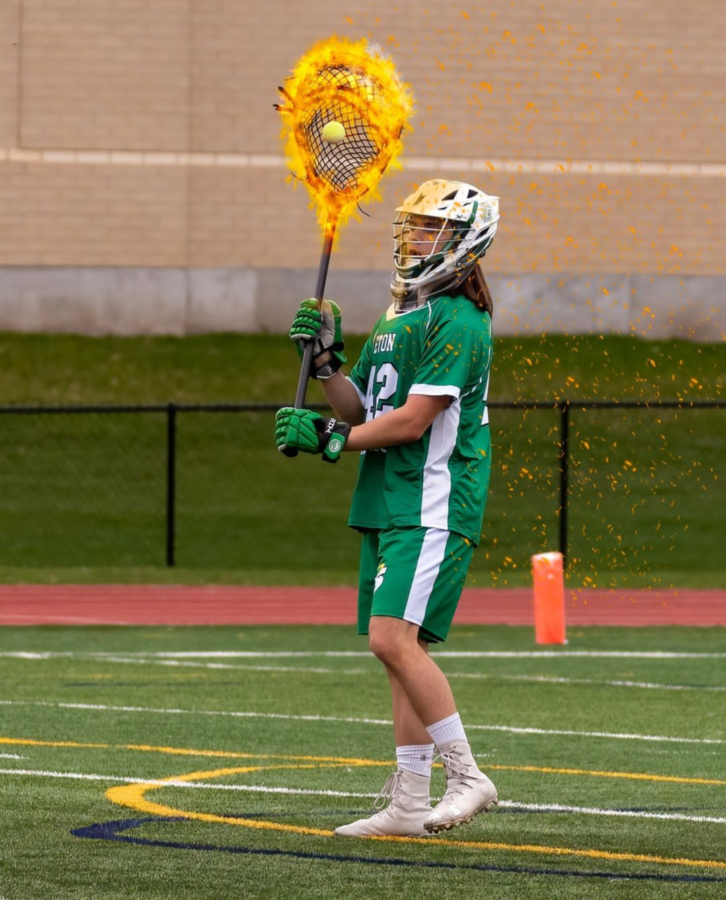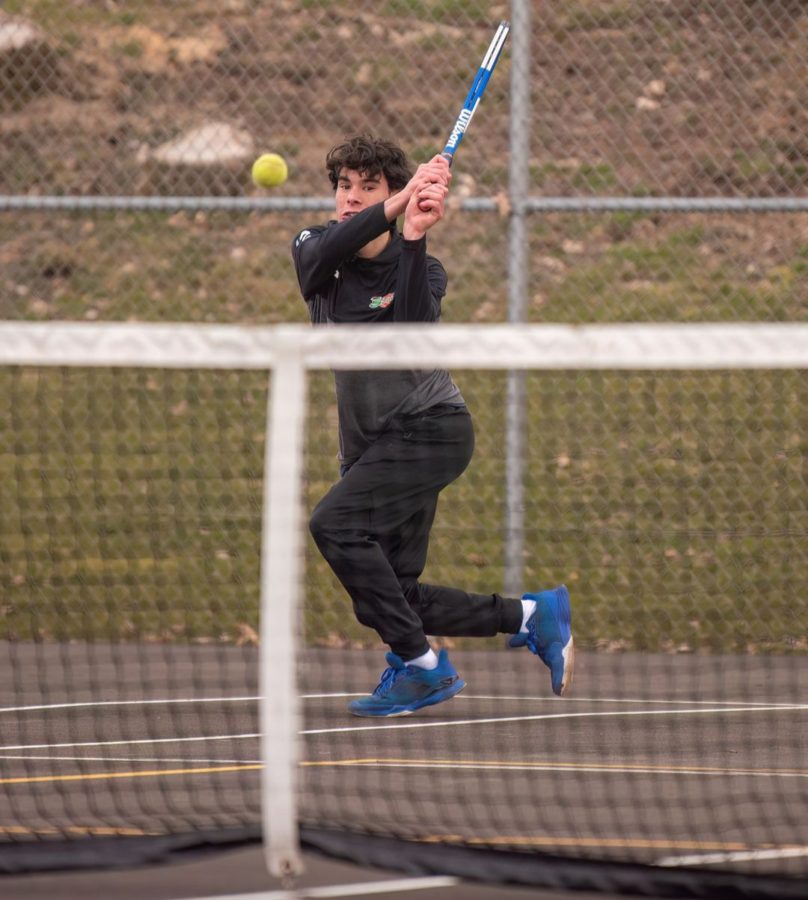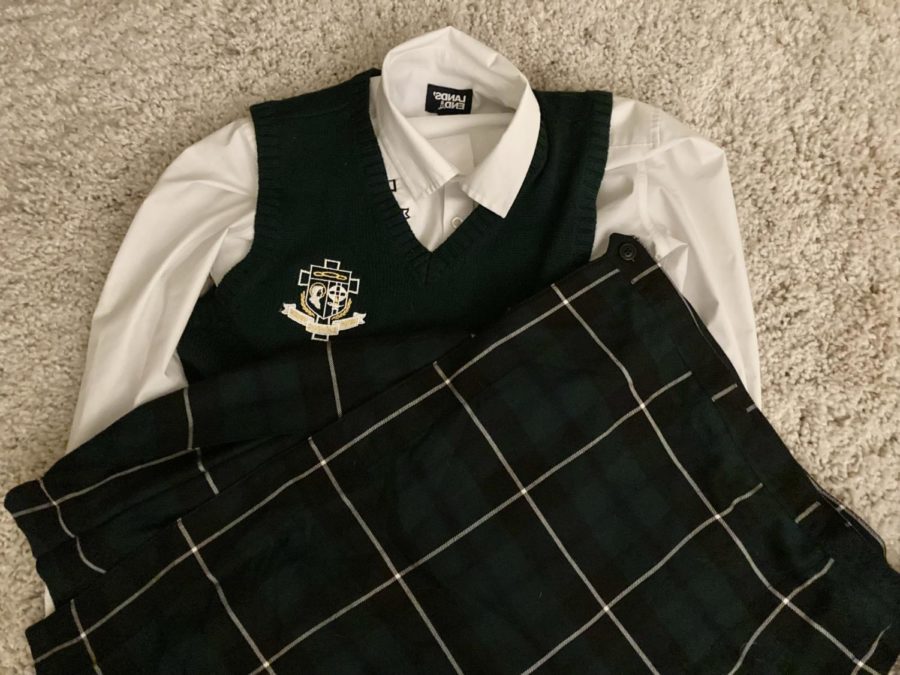The Dress Code Is Back
December 1, 2022
Seton faces the reinstatement of the dress code, as it tries to bring back what ceased to be enforced because of the pandemic
With talk of a possible skirt ban circulating through the school and the instating of a task force, the dress code seems to be the center of attention this year. In response, Mr. Monachino says that any new dress code regulations are just a re-enforcement of what is already written in the handbook. However, as the pandemic has derailed the restoration of the dress code in the past, enforcing it this year might prove just as difficult.
One of the most stirring rumors of the school year so far has been that of the skirt ban. On October 20th, Mr. Monachino gathered all the girls into the Student Learning Center to explain the appropriate skirt length by demonstrating what two inches actually looks like: he held up a ruler for all to see and signaled the two-inch mark with his finger. Mr. Monachino then added that if female students fail to adhere to this length, skirts will be banned for next year, but this decision is not yet set in stone.
According to Mr. Monachino, the dress code boils down to three things: simplicity, enforce-ability, and Catholic identity. Basically, the dress code should be easy to follow, it should be properly enforced, and it should promote what Seton stands for as a Catholic school. During the pandemic, Seton was exempt from following certain dress code regulations out of circumstance, but this year, the administration is not only trying to reemphasize the dress code, but they are also trying to deem what is necessary to enforce and what is not. Mr. Monachino is holding meetings, which are open to students, faculty, and parents alike, to address concerns and discuss possible solutions. These meetings, which have been held twice so far, have been met with a lot of differing opinions, but what Mr. Monachino hopes will result from them is for students, faculty, and parents to know what apparel is acceptable and what the consequences will be if students do not adhere to dress code. Regarding the skirt ban, for example, Mr. Monachino hopes the meetings will reach a general consensus on what the appropriate length should be by producing a picture of reference, or if banning the skirts could even be a fitting consequence for not adhering to the dress code.
Mr. Monachino says that for parents, the main concern is whether or not the dress code is cost-effective as the uniform comes at an “exorbitant price.” Therefore, following strong agreement within the dress code meetings, the administration is considering allowing polo shirts to be worn all year round or even allowing polo shirts to be purchased in other stores next year.
The third dress code meeting will be the last one to be held. It was supposed to take place on Tuesday before Thanksgiving break, but it has been canceled and is yet to be rescheduled. The meetings are moving on from suggestions and theory to an actual draft, which will be open to feedback in order to “fine-tune the code,” according to Mr. Monachino.



![College of Community and Public Affairs graduates cheering during the CCPA Commencement Ceremony. [Via Daily Photos at binghamton.edu]](https://sccvoice.org/wp-content/uploads/2023/05/Screenshot-2023-05-16-10.50.55-PM.png)


